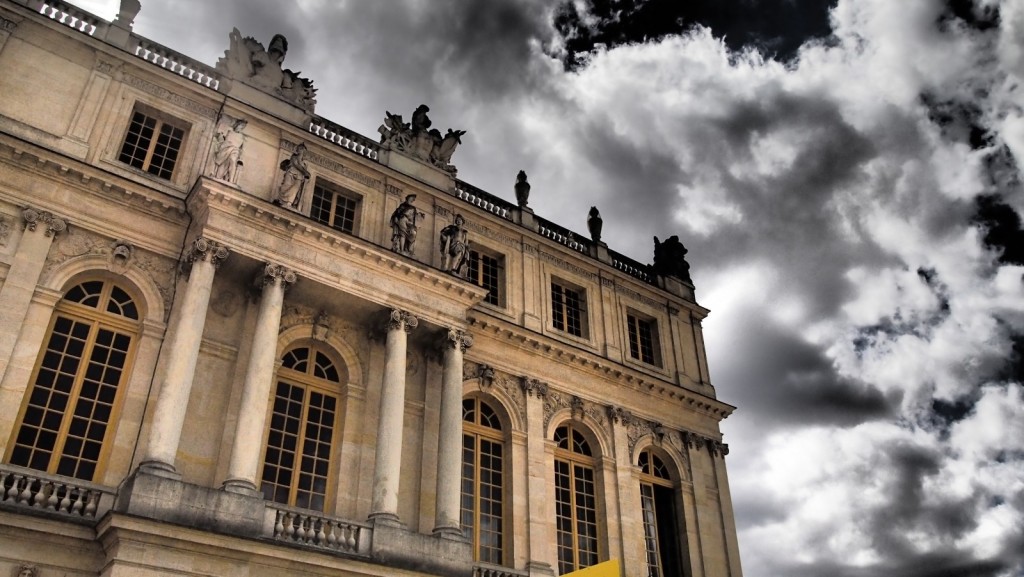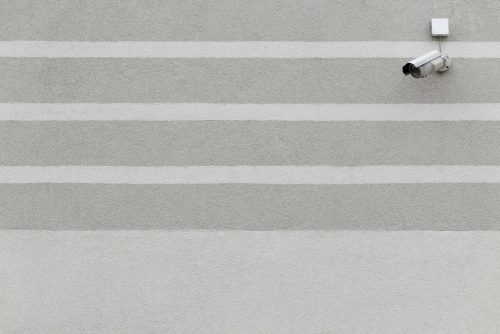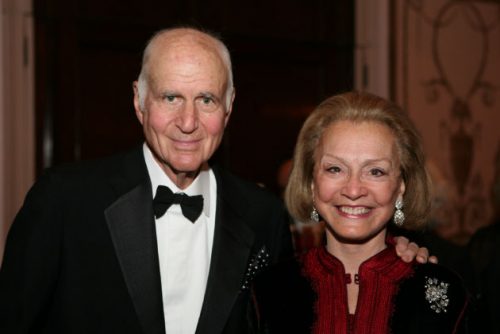The Palace of Versailles has seen countless expansions, renovations, and repairs since Louis XIII first bought it as a modest hunting lodge in 1623. In 2003 the French government announced a full slate of restorations, the biggest such undertaking since the early nineteenth century. Those ongoing projects are meant to take some two decades to complete, but a fresh project at Versailles by the modernist architect Dominique Perrault counts more as an addition than a restoration.
Perrault has been working since 2011 to redesign two crucial areas at the palace so they can better accommodate the millions of visitors and tourists that flood the site each year. As a recent Times report notes, the site has long been hampered by the lack of an effective entrance or exit for such huge crowds, only having been built to receive small numbers of royal guests and governmental dignitaries.
Of course, true to form, Mr. Perrault has brought a modern touch to the iconic palace. His easy recourse to metals, playful use of light, and minimalist style now mark the space he’s worked on.
Some might find any such willingness to experiment and innovate upon one of Europe’s most visited buildings distasteful, comparable to painting over the Mona Lisa. These would likely be the same sort of people who don’t have much time for modernist architecture in general.
But on their face such anxieties are misplaced, ignoring as they do the difference between a museum and a cultural site. If Versailles is going to continue to be anything other than a monument to seventeenth century splendor, it must both anticipate and reflect the needs and nature of twenty-first century France; this requires, at the least, some flexibility when it comes to style and design. And more to the point, this sort of innovation has already been going on for many years—Perrault is just the latest in a series of architects and builders who have helped make Versailles into the varied and interesting attraction it is today.
That the site is overseen by the French government and intended for public use can perhaps explain why such a broad understanding of cultural preservation prevails.
2 min read
August 8, 2016






